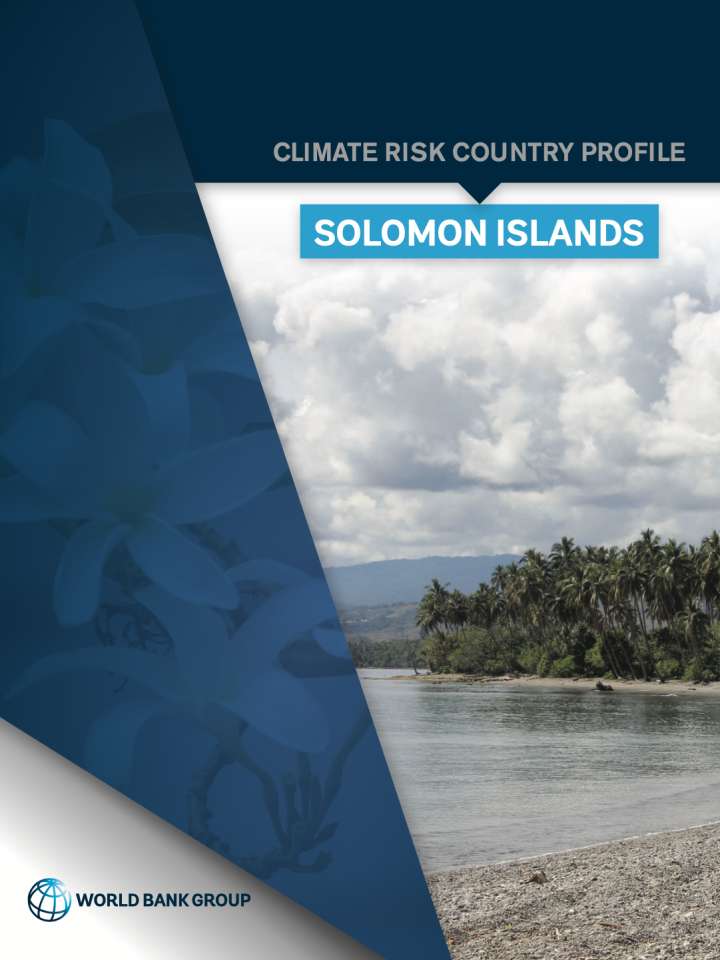Climate risk country profile: Solomon Islands
This document aims to succinctly summarize the climate risks faced by the Solomon Islands. This includes rapid onset and long-term changes in key climate parameters, as well as impacts of these changes on communities, livelihoods and economies, many of which are already underway. This is a high-level synthesis of existing research and analyses, focusing on the geographic domain of the Solomon Islands, therefore potentially excluding some international influences and localized impacts. This document is primarily meant for WBG staff to inform their climate actions. The document also aims to direct the reader to many useful sources of secondary data and research.
Some of the key messages of this paper include:
- The Solomon Islands are warming and are expected to continue to experience warming trends throughout the 21st century. Future rates of warming are clouded by current models’ inability to simulate very localized changes but are likely to be in the range of 0.7°C–2.8°C depending on the 21st century rate of global emissions.
- Natural variability between years means short and medium-term rainfall changes are difficult to detect and project into the future. Further research is urgently required to develop models better suited to modelling the future climate of Pacific islands.
- The Solomon Islands has significant vulnerability to extreme rainfall events and in the context of uncertainty, disaster risk reduction is of critical importance.
- Sea-levels are rising faster than the global average. Submergence of the lowest-lying islands has already begun and threatens coastal communities. In some cases, nature-based adaptation such as coral reef and mangrove restoration may protect communities, in others hard defences or managed relocation may need to be considered.
Explore further
